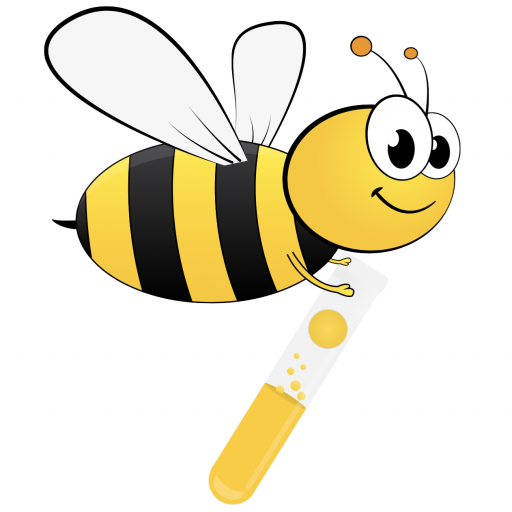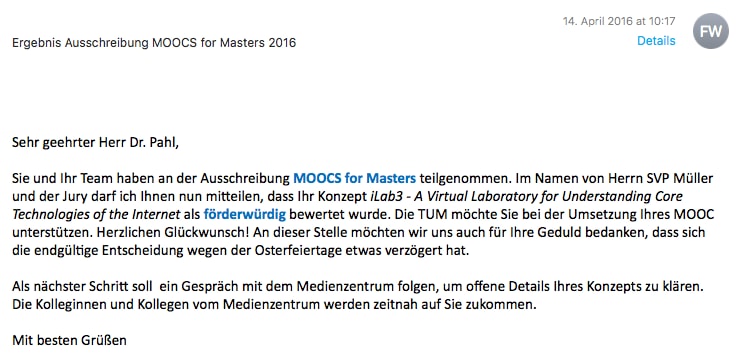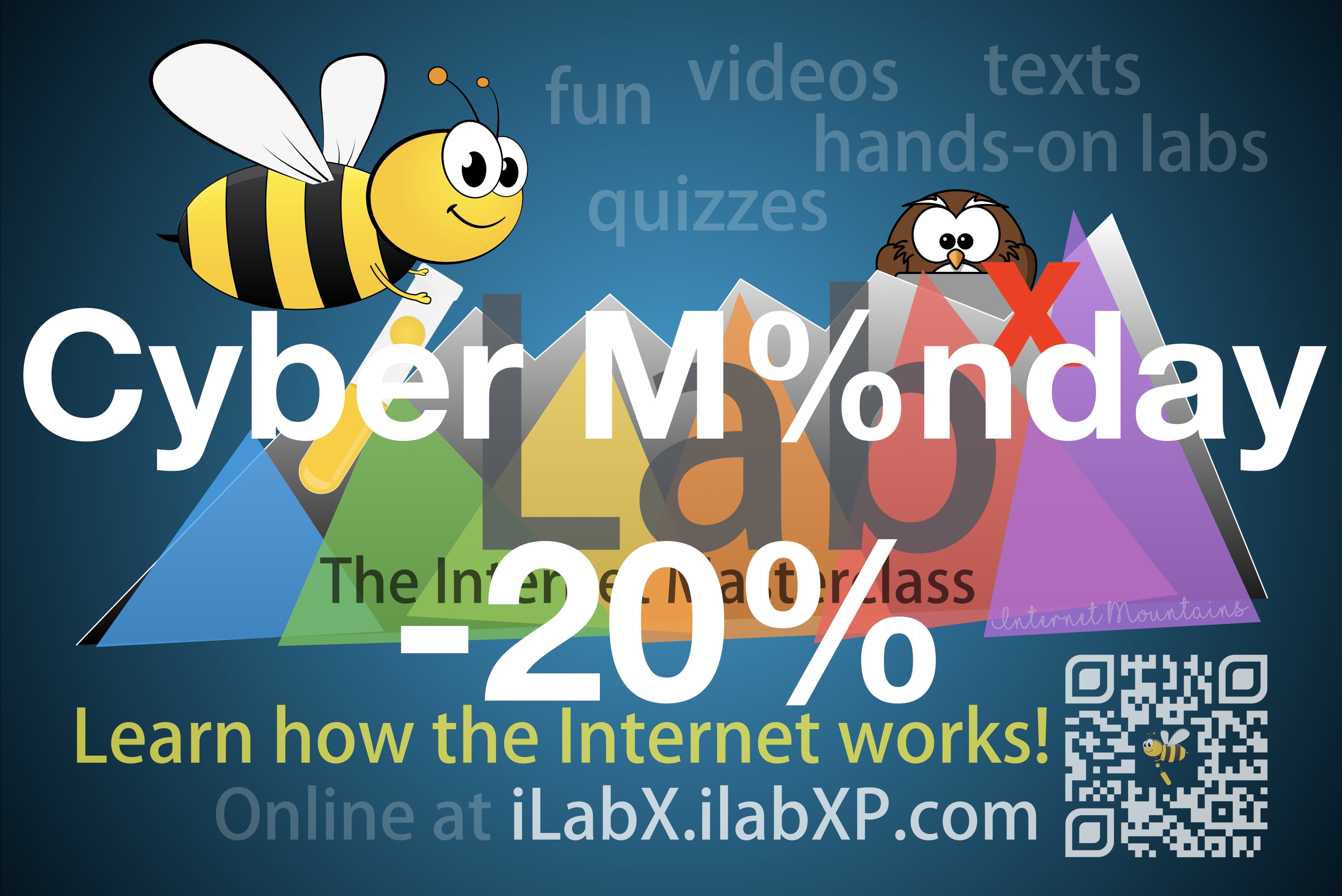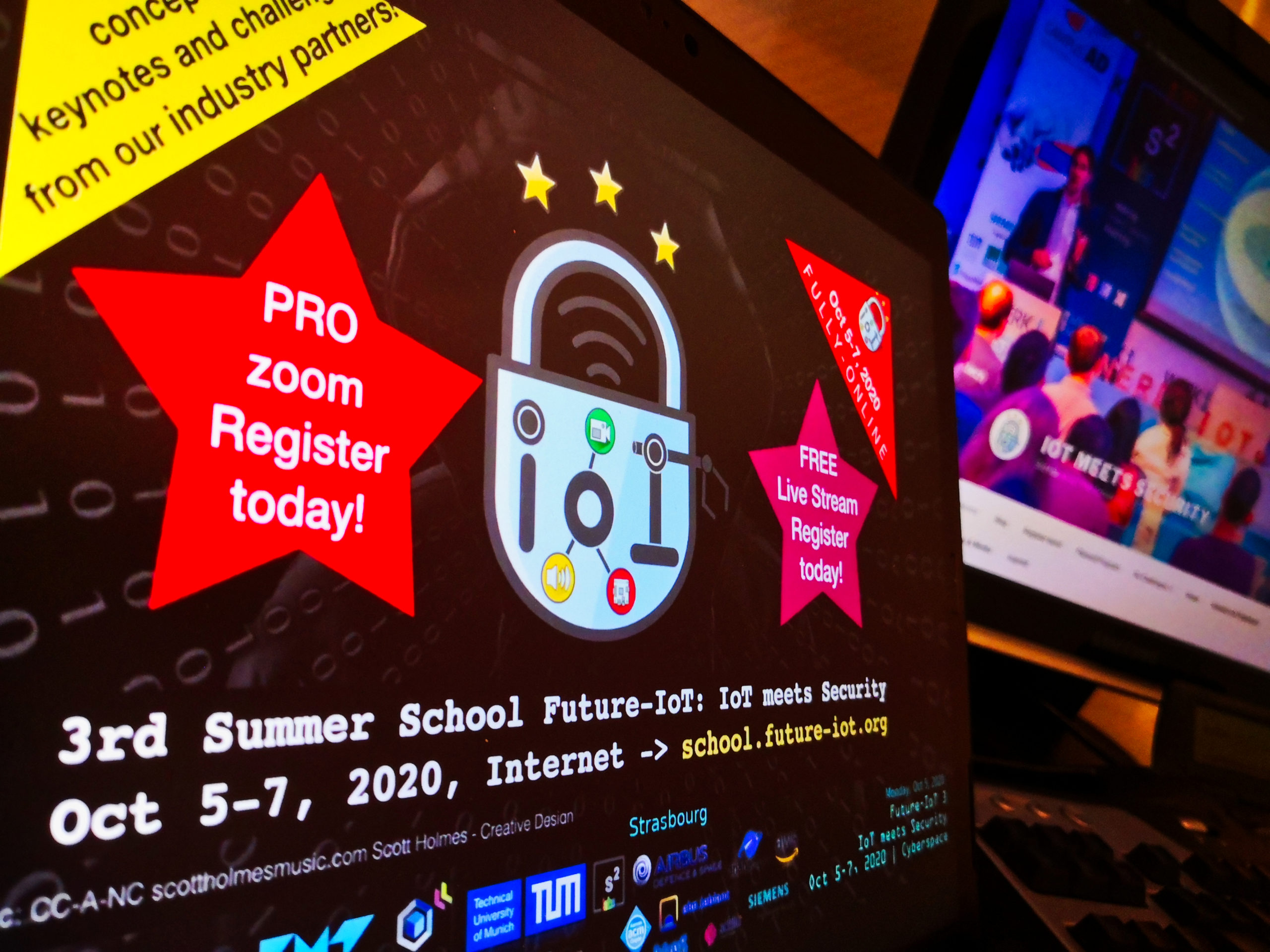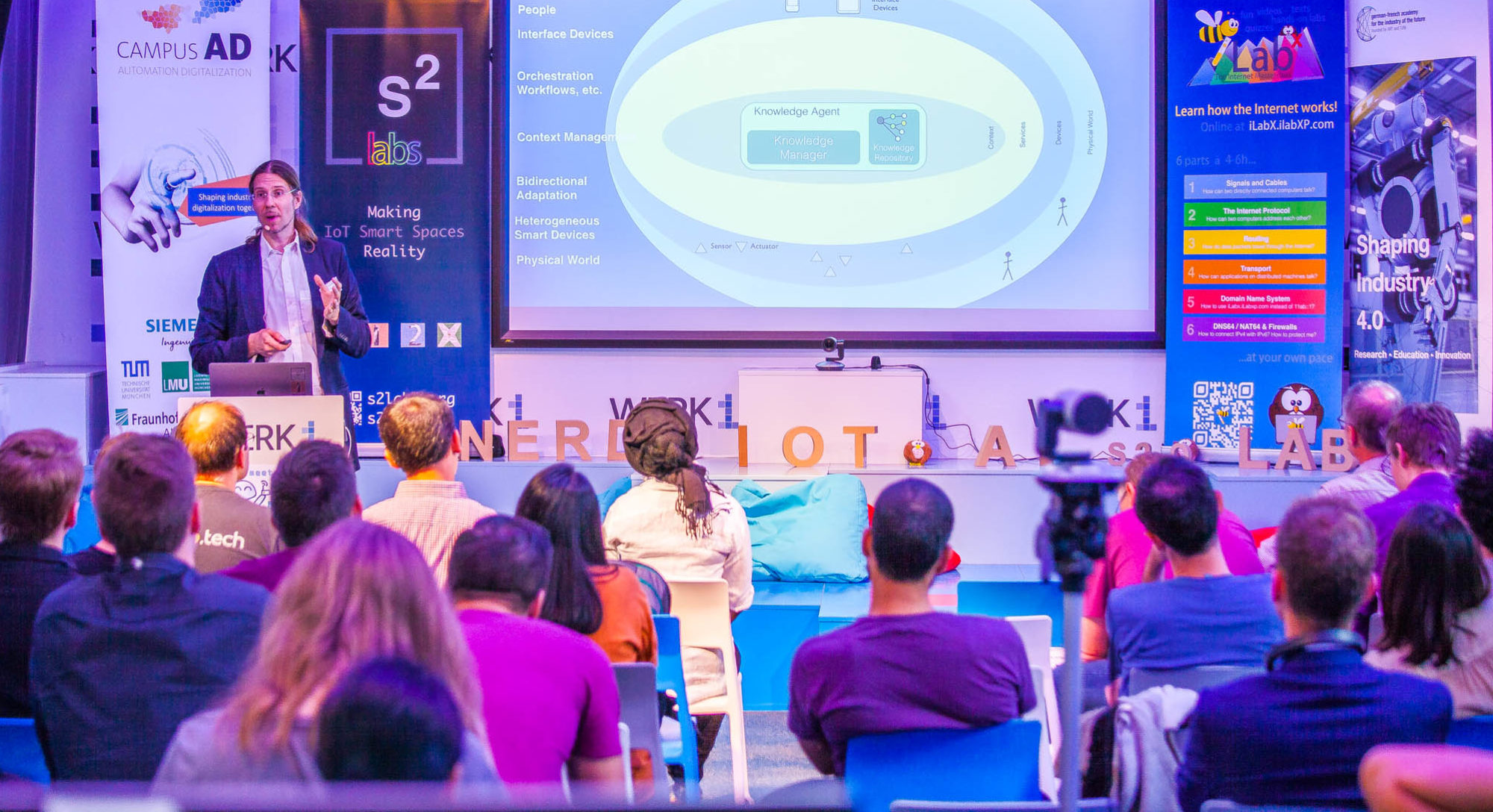All began in 2016…
In February 2016 my friend Michael Folgmann from the -back then- Medienzentrum visited me in Garching to introduce me to the wonderful world of electronic live feedback mechanisms in the classroom. He also informed me that there would be a new call for project proposals regarding the new Massive Open Online Course (MOOC) format at TUM.
Since I was working with eLearning already since the early days in 2004, trying out a new eLearning format seemed exiting to me. Consequently, I created and filed a proposal right away.
The topic of my proposal was the topic I was passionate for since the 1990s in private and since 2003 also at University: The Internet. Back in 2004, together with my friend Uwe Bilger I had created one of the most successful eLearning-based networking lab courses in Germany: the Internetpraktikum. This course is running today at University of Tübingen (the birthplace), Technical University of Munich (my current home), University of Sydney, and temporarily at different Universities across the globe under names such as Internetpraktikum, iLab – Build your own Internet, iLab2 – You set the Focus, …
On April 14, 2016 I received the good news that my proposal was accepted. I had no idea about MOOCs. However, I knew that I want to create something big. And I knew that despite the distant learning setting, I wanted to have what I consider the best learning experience: lecture, individual online preparation, hands-on, and dedicated exams after some exercises.
Why is this methodology so important? It turned out to be a very good tool to teach people things. I even published about it.
For the MOOC the concept had to be adapted. The lecture part required change in the length of the presentations. For a MOOC, 4 min Videos are a good length. Since a MOOC is anyways individual, the plan was to intertwine the videos with texts and interactive quizzes. This all seemed doable.
What was more challenging was the practical hands-on part. In my on-site lab courses we always used real hardware. This is even part of the learning concept as it is a haptic component. Touching a network cable and plugging it is a different motivation from seeing one in a video.
For the hands-on I wanted to create a virtual experience. My former colleague Edwin Cordeiro had experience with virtualized testbeds from his work at the Brasilian Network Information Center. There they used the network emulator CORE. I was appealed by this tool as -in contrast to others such as mininet- it offers a graphical user interface. This is a significantly lower hurdle for beginners. Even more important, it is as close as it can get to the physical experience. Students can actually span virtual wires between hosts to emulate cable connections – wonderful!
More to follow… You can comment what you want to learn about!
